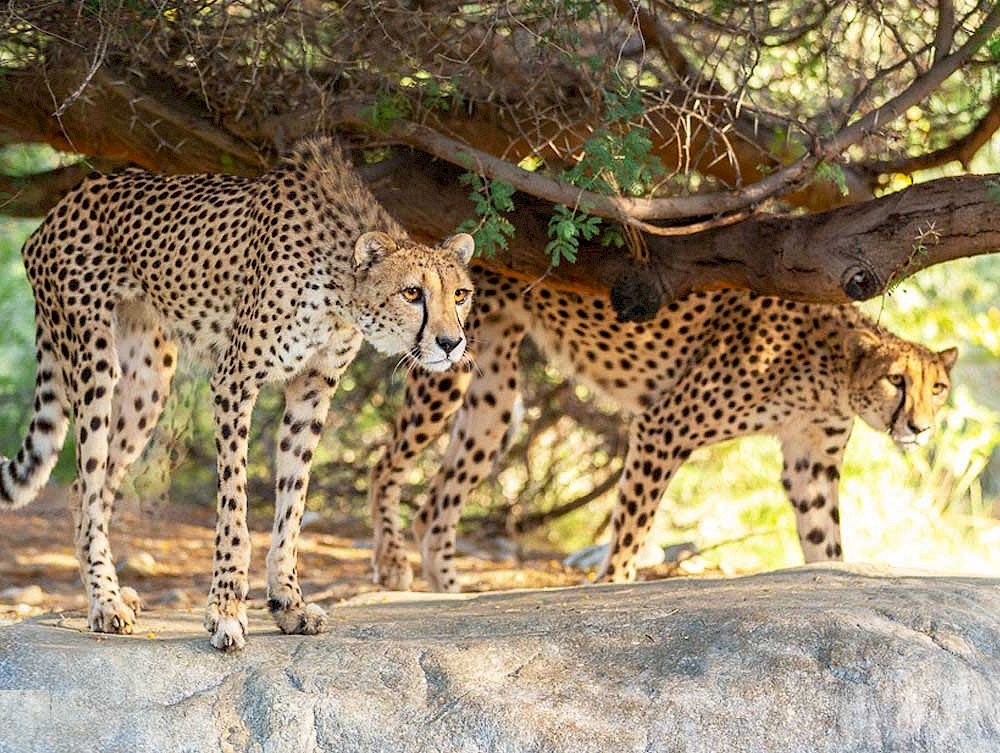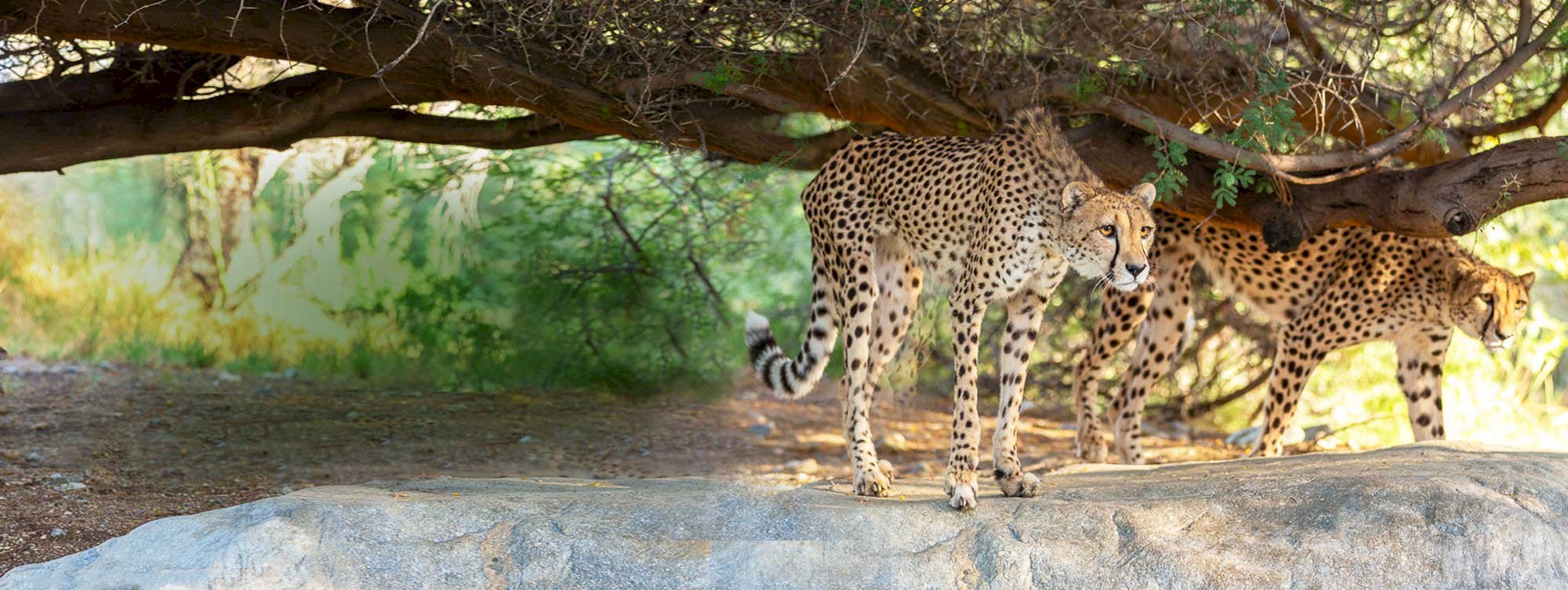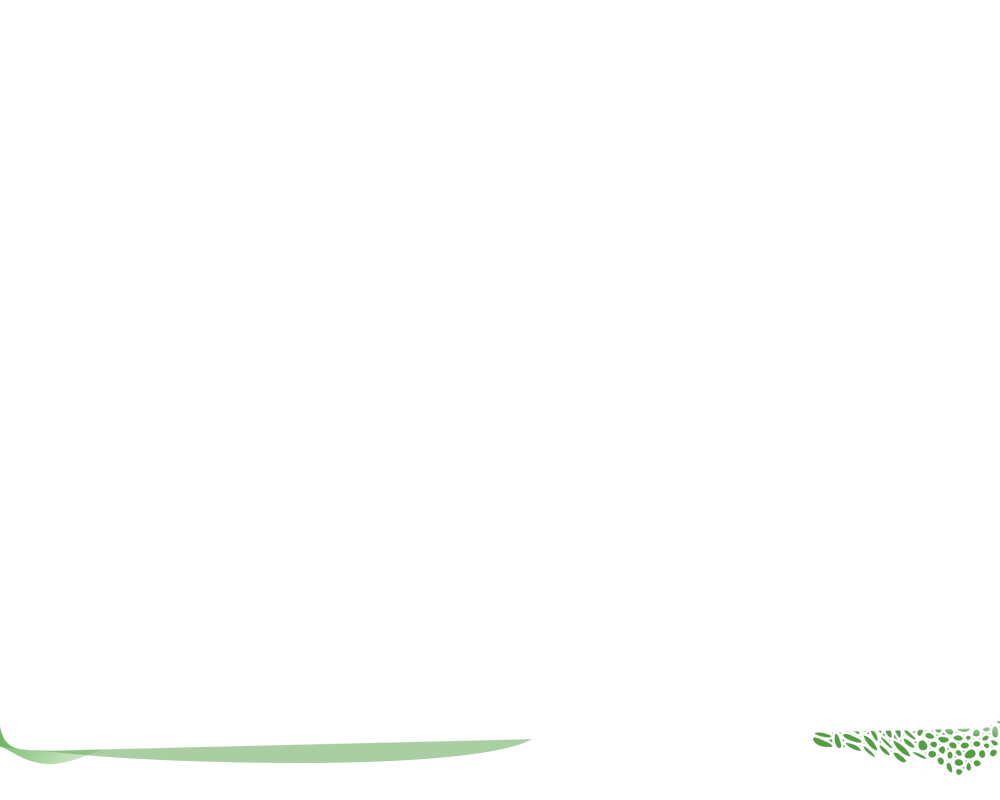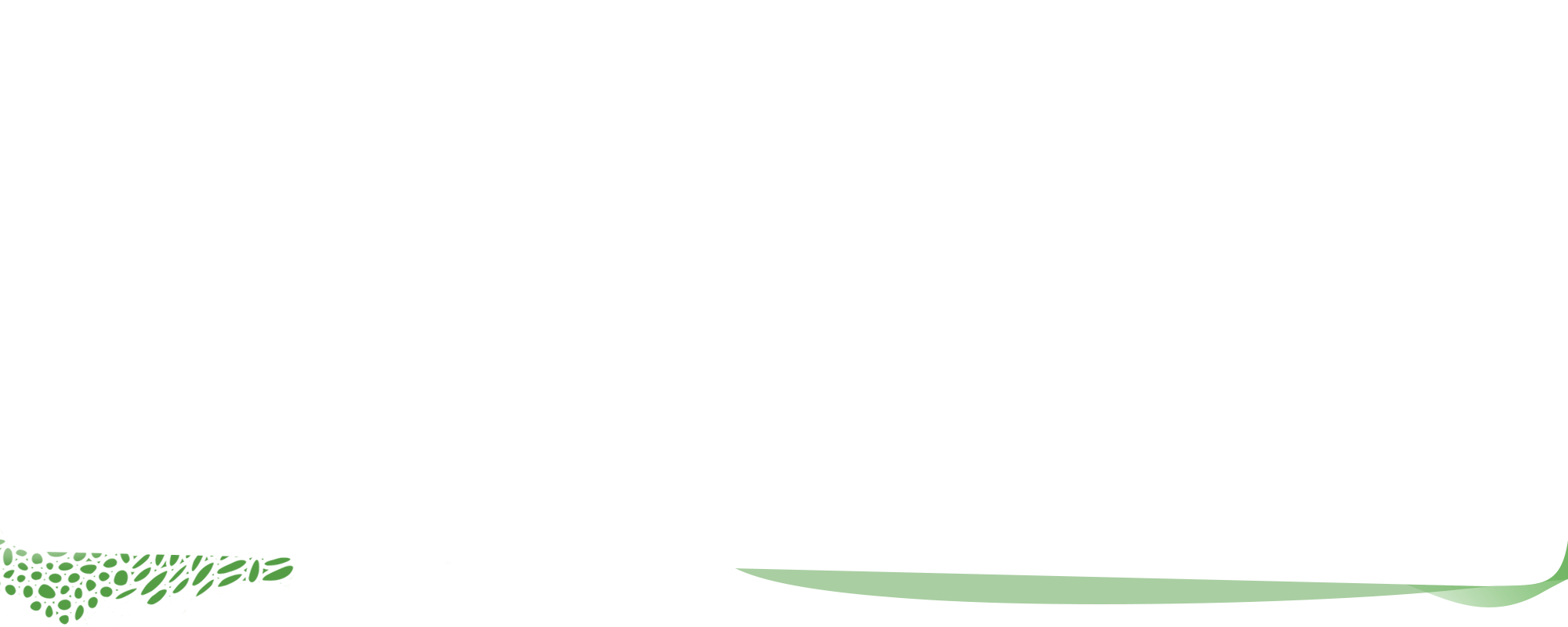The Human Dimensions of Cetacean Conservation Workshop - Saving Cetaceans with Community Support
December 28, 2022
By Dr. James Danoff-Burg, Director of Conservation
I’m just now back from a really wonderful workshop in Nuremberg, Germany, that ended just a handful of days before Christmas and the end of Hanukkah. This workshop resulted in amazing ideas, which are among the best presents, and just may help solve the greatest threat to near-shore dolphins and porpoises – accidental captures in fishing nets. Small cetaceans are rarely directly hunted by local communities, but frequently get caught as bycatch in gillnets. Accidental deaths because of gillnets have been the scourge of the vaquita porpoise in the Upper Gulf of California, on whose behalf I have been working for the last 11 years. The vaquita's population has plunged to less than a dozen, due to bycatch in this small area of Northern Mexico. Things need to change.
However, there is hope for the vaquita and all these near-shore cetaceans! Fishing is the main reason why these species are declining. As such, working with communities and fishers will also point the way to locally appropriate solutions. Fishers and their communities need to be able to make a living, and the dolphins and porpoises need to be able to survive. The greatest challenge we face is to figure out how to balance these two historically conflicting needs, and ideally make it so that both can thrive together by addressing the human needs and other dimensions of conservation. This balance is possible and has been done with some success in several places around the world. We need to gather the solutions and look for their generalizability.
To address this, I’ve been working the last few months with my colleagues at the Nuremberg Zoo, a wonderful German non-profit called Yaqu Pacha, as well as the Marine Mammal Care Center in Los Angeles, the University of São Paulo, and several other amazing collaborators to design and lead this recent workshop, the Human Dimensions of Cetacean Conservation (HDCC). The week-long HDCC workshop was hosted by Yaqu Pacha and the Nuremberg Zoo and held at the nearby Heilsbronn Monastery.
We started with a few days of presentations on the workshop's themes, including my own on the importance of community-based conservation and social impact evaluation. After these presentations, I was lucky enough to be trusted as the lead facilitator for arguably the most important part of the workshop – how to integrate all these great ideas into an approach that could be used to help the 49 or so small cetaceans all around the world.
Many great solutions were shared, highlighting HDCC success stories from Brazil, Argentina, Cameroon, Pakistan, and many other countries where we have been able to mitigate the impacts of bycatch through community engagement. It was so inspirational to learn about the many successes and opportunities that we have collectively been able to make happen – and to know how far we have to go to be able to apply these scattered successes all over the world. I prefer to see opportunities, rather than problems, and then search for solutions.
The HDCC workshop was a week of opportunities and determined searching for those solutions from the 27 people who met in person and the 17 who Zoomed in for nearly the entire time from around the world. The 44 people in the workshop, from around two-dozen countries, are those who will take near-shore dolphin and porpoise conservation to a more successful place. I’m part of the team leading the crafting of the resultant HDCC Toolkit, as we are calling it. This toolkit will summarize all the community engagement and conservation approaches that we identified, and will be made available globally, openly, and freely. We hope that this toolkit will form the cornerstone on which future cetacean conservation is constructed.
Few holiday gifts could have been better than to be a part of this inspirational gathering of world leaders. All of us working together towards this one goal of saving dolphins and porpoises, some of the most charismatic of God’s creations, and doing so during this celebratory time of light and life and joy – what a great way to end the year!















